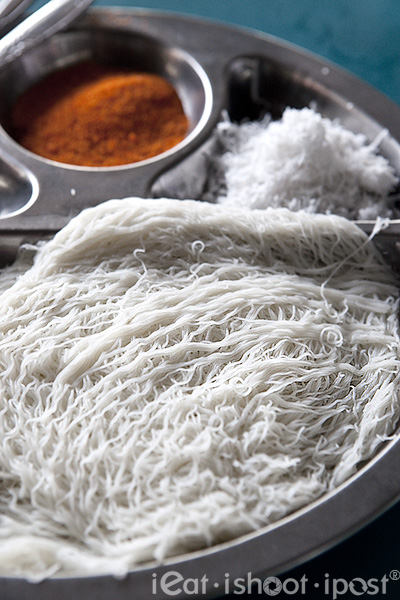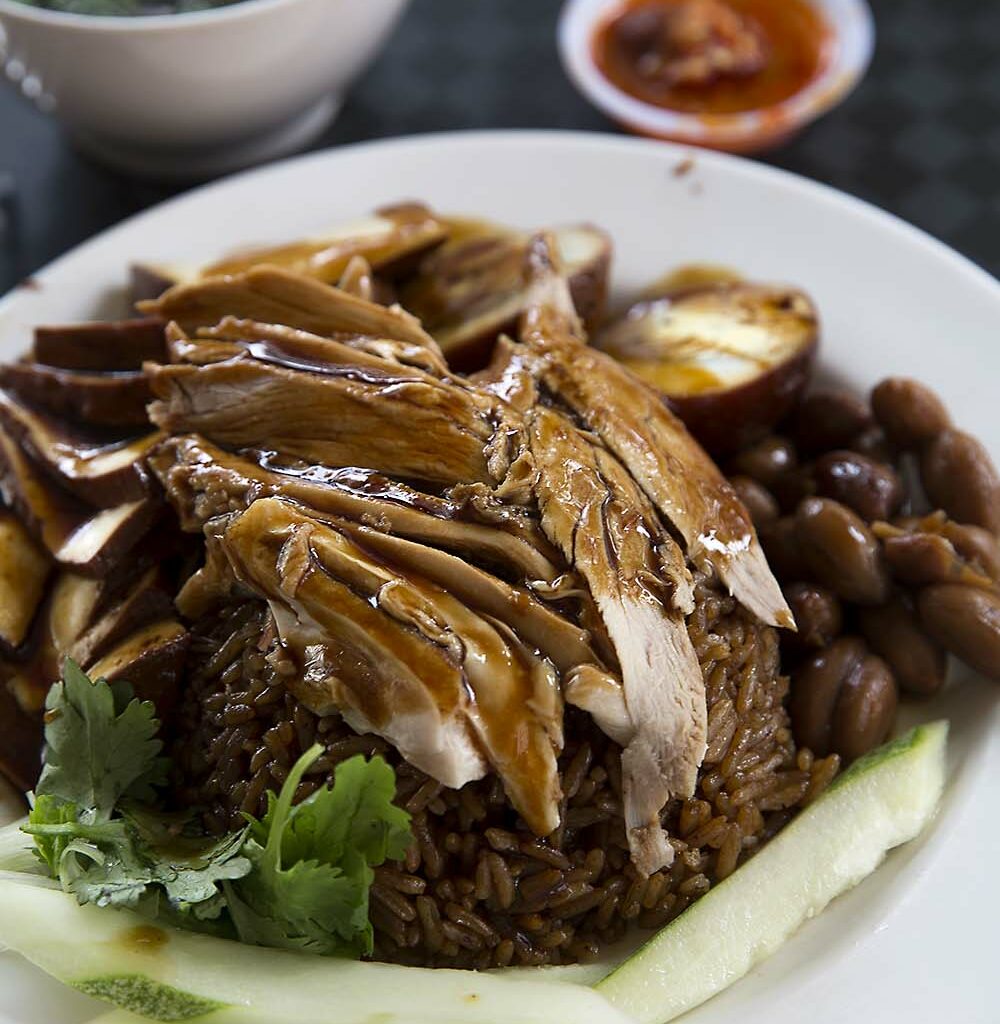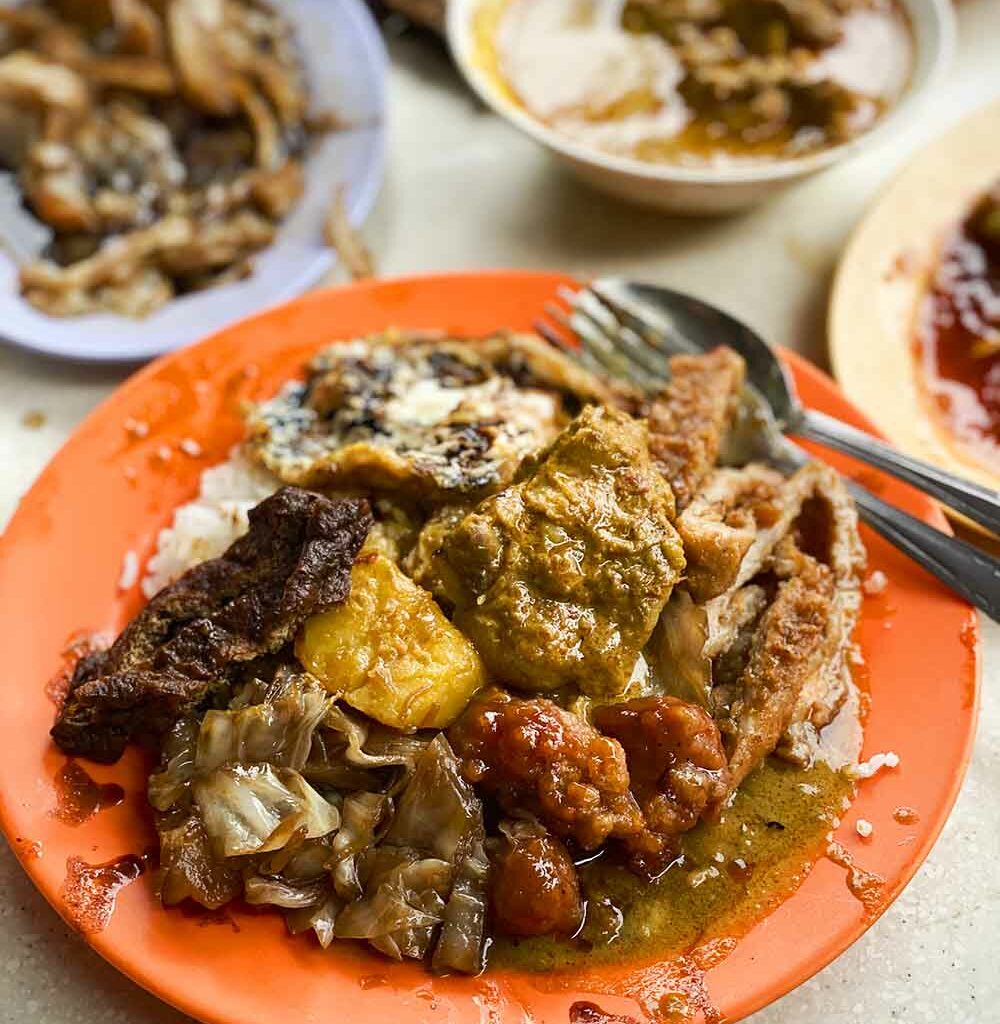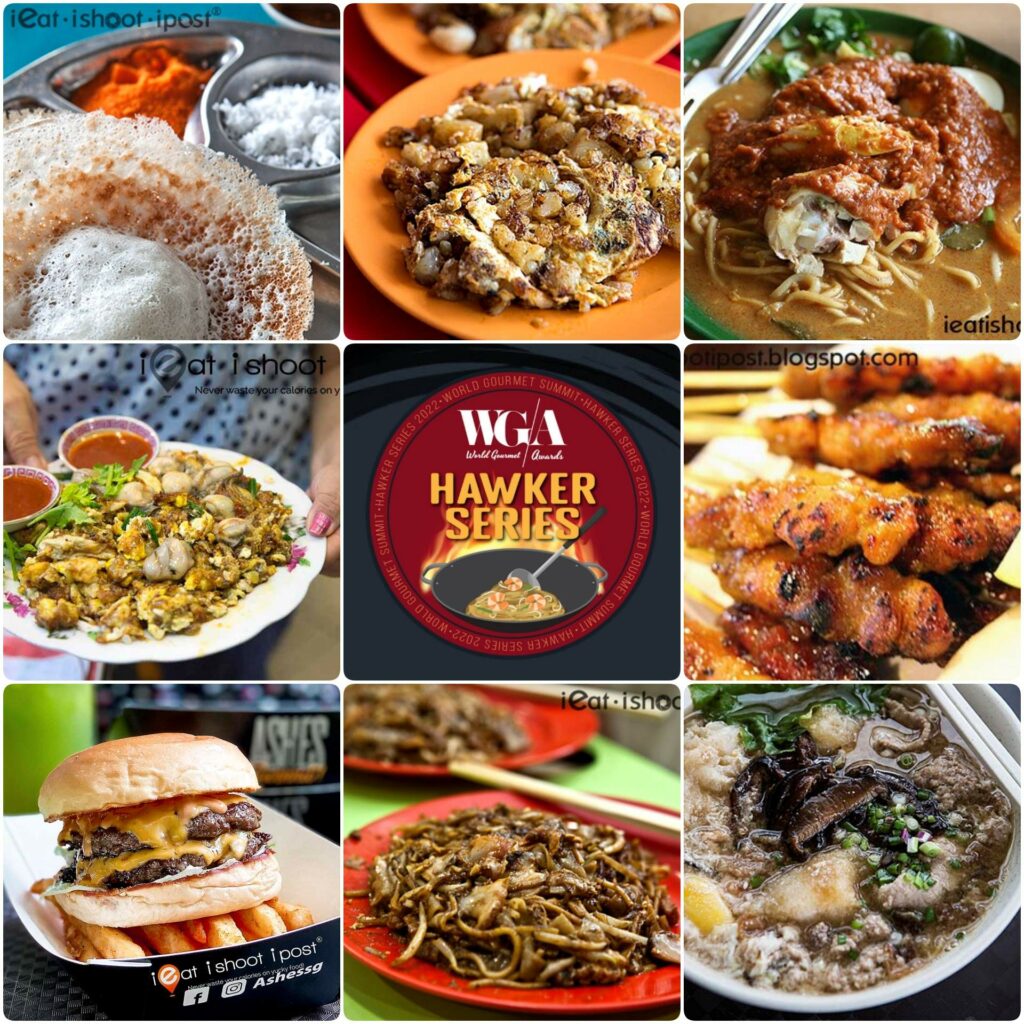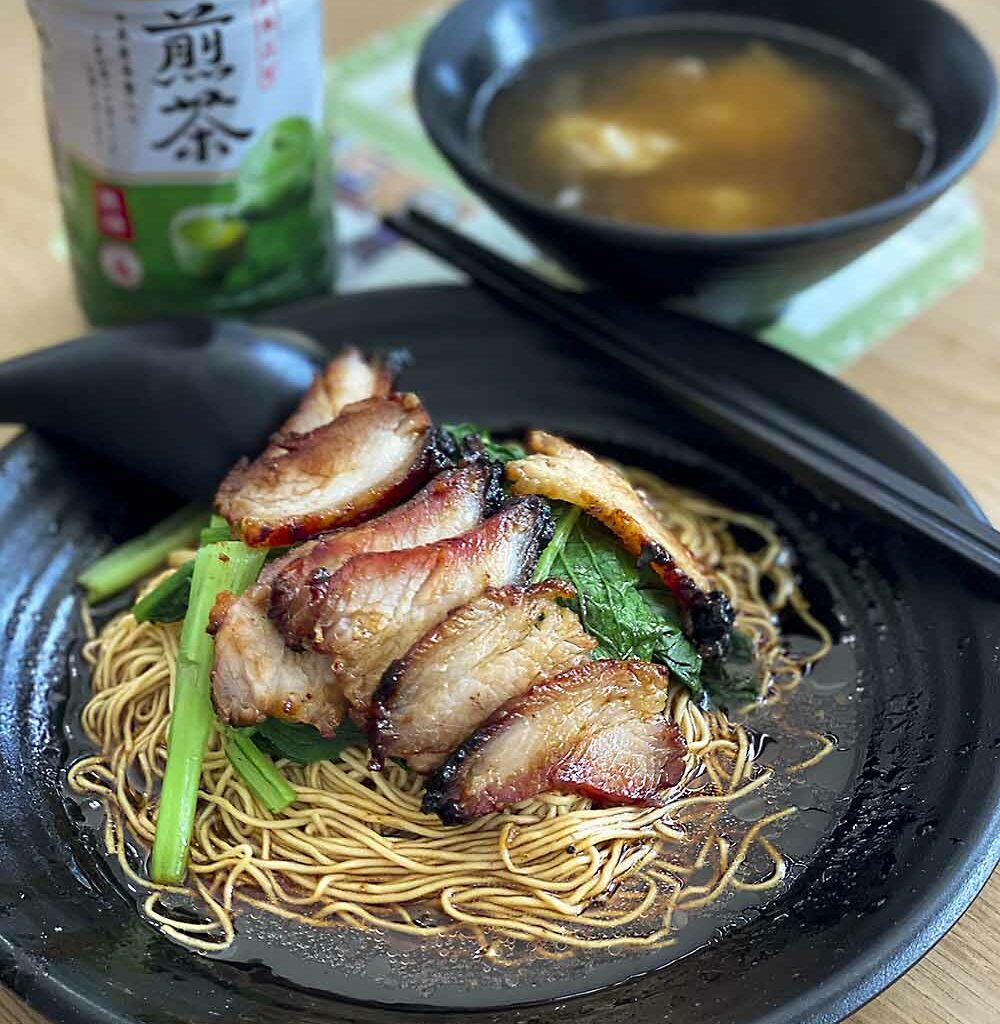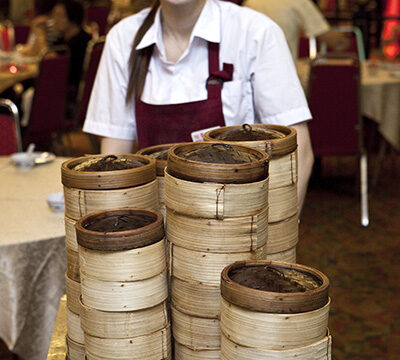
I was watching Foodage and reminicing about the good old days when I saw them featuring Putu Mayam! That got me all excited ‘cos its the kind of food my mom used to buy home from the market when we were kids. I was that in the good old days, Putu Mayam was actually still being made fresh in Singapore. However, that tradition has all but disappeared by the 90’s. So nowadays all the Putu Mayam you eat comes from a packet, which, I guess makes you wonder why you would pay someone to basically take something out of a plastic bag, put it on the plate with sugar and coconut and charge you for it? The same logic probably applies to buying Milo from the coffeeshop.

Appam cooking in a traditional “wok”
I was a little disappointed that I would not get to eat freshly made Putu Mayam but it actually turned out to be a blessing in disguise, cos I found something that is even better! APPAM!
You see, both Appam and Putu Mayam are made from rice flour and served with the orange sugar and coconut. But Appam has the added advantage of having crispy edges and a slight tang that comes from fermented milk! So when you eat Appam, the middle bit is quite similar to Putu Mayam while you still have the crispy eges as a bonus! Not only I say, but everyone in the long queue also say that the Appam here is indeed like Manna from Heaven! 4.5/5
There are few hawker stalls that you can find Appam because it actually is not that easy to make. The batter, which is made from rice flour and fresh milk (this stall uses fresh milk instead of coconut milk) has to be left to ferment for eight hours to develop flavour and texture, then you need to cook it in these very rustic cast iron miniwoks in order to get that extra crispiness. Boss owner, Laxmi told me that she had to go to India to specially buy the woks because a non-stick wok just doesn’t give you the same effect as these crumbly surfaced made-in-India cast iron woks.
But I was yearning for Putu Mayam, so I had to order some of the ready made ones from Heaven’s. It is still actually quite good, but you can tell that it is factory made by the length of the strands. When the Putu Mayam is made by hand, the strands tend to be much shorter because each piece only consist of one circular squirt from the Putu Mayam mold.
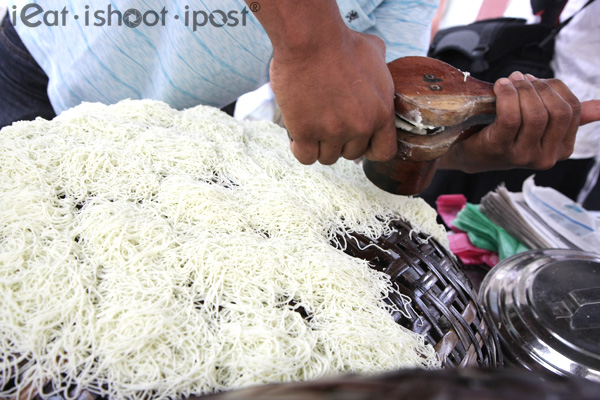
Penang hawker making fresh Putu Mayam
I took the following photo from a stall in Penang where you can still eat freshly made Putu Mayam. The dough is made by first cooking the rice flour with water with a pinch of salt and oil till it congeals to a doughy texture. Then it is a matter of extruding the dough onto large rattan steamers to be steamed! Won’t you like to see someone resurrecting this tradition in Singapore?
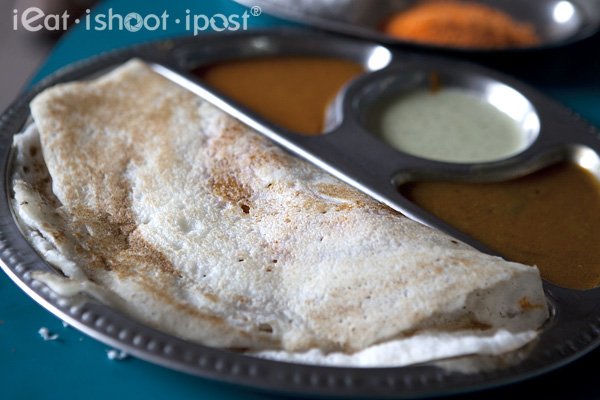
If you like Thosai, then you can also give their Thosai a try. It is also made on small rustic hotplates sourced from India which results in a Thosai which is not as smooth as what you might be used to. Laxmi tells me that this is the way Thosai is usually served at home. It is much softer than most Thosai I have come across and simply folded over the potato masala. The batter is different from Appam in that it has cooked rice and dhal in it but it is also fermented so that you get that nice tang and full mouth feel. I would have liked the surface to be more crispy but I was told that that is how traditional Thosai should be. The sauces are all very good, however, the potato masala could have a bit more more ommph. A good one to try to get the taste of traditional home style Thosai. 4/5
Conclusion
The Appam is excellent and you just have to try it once and I am sure it will become one of your regular breakfast items!



